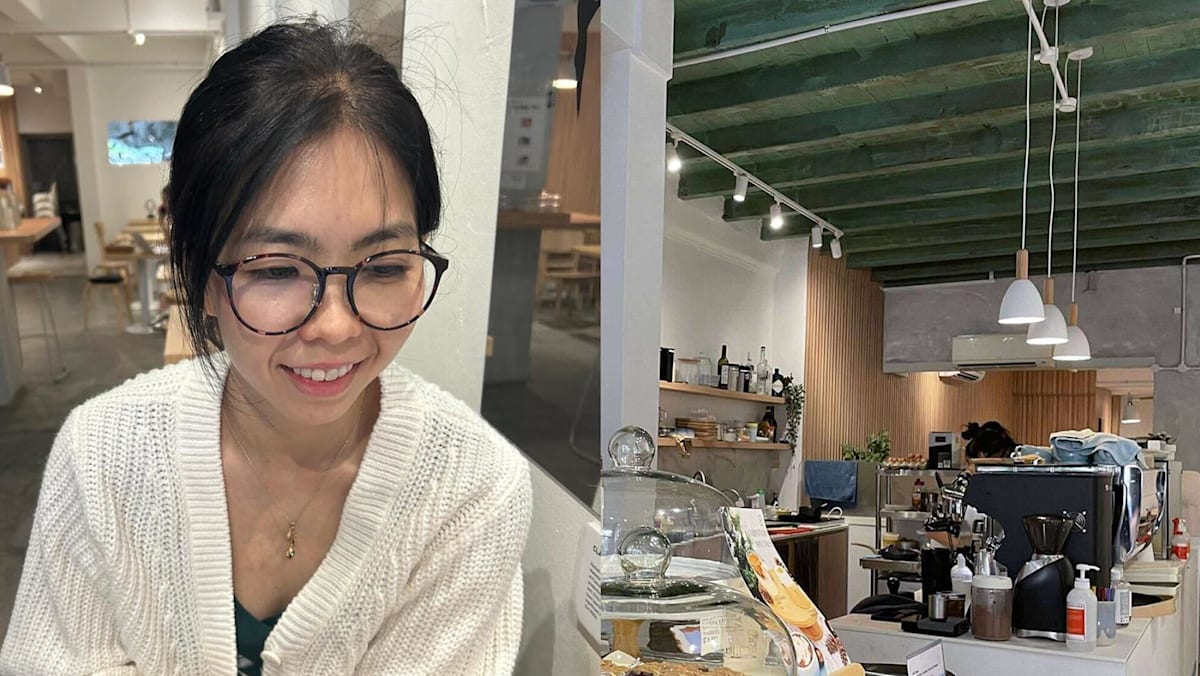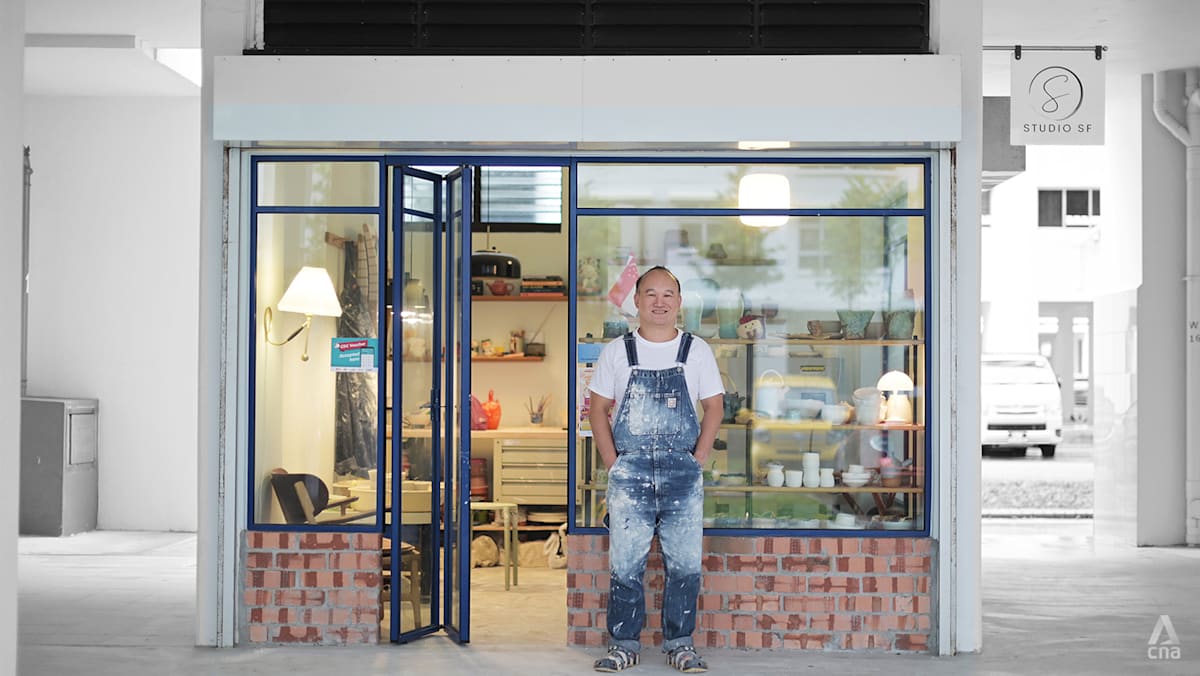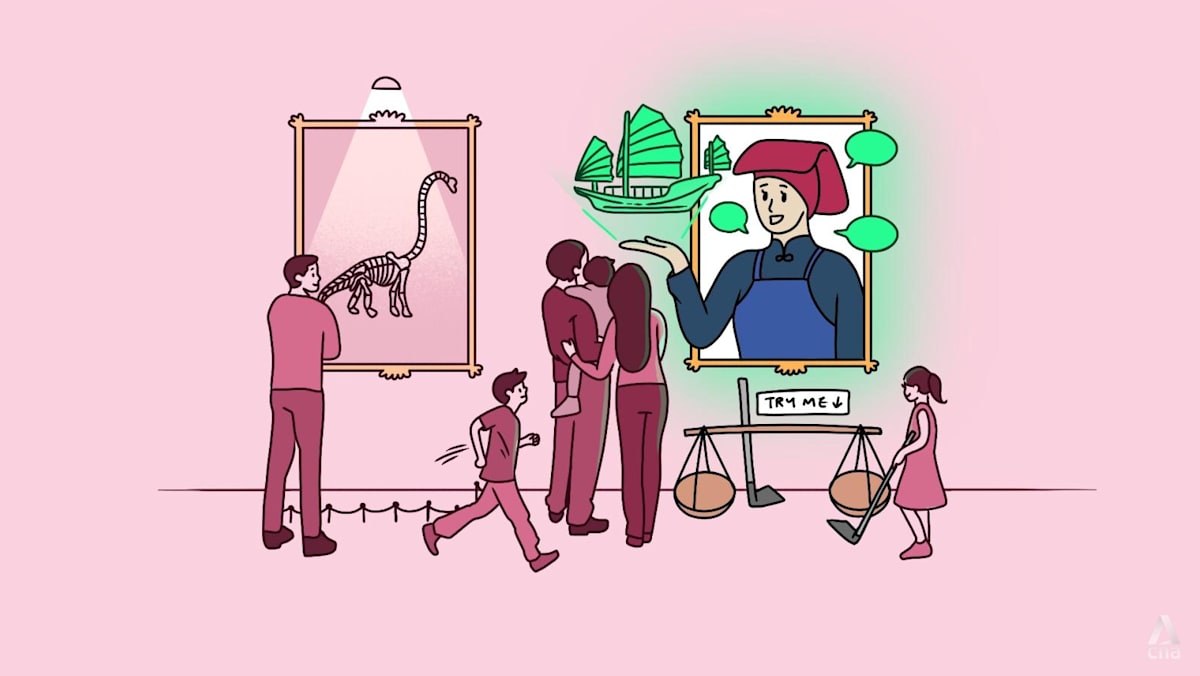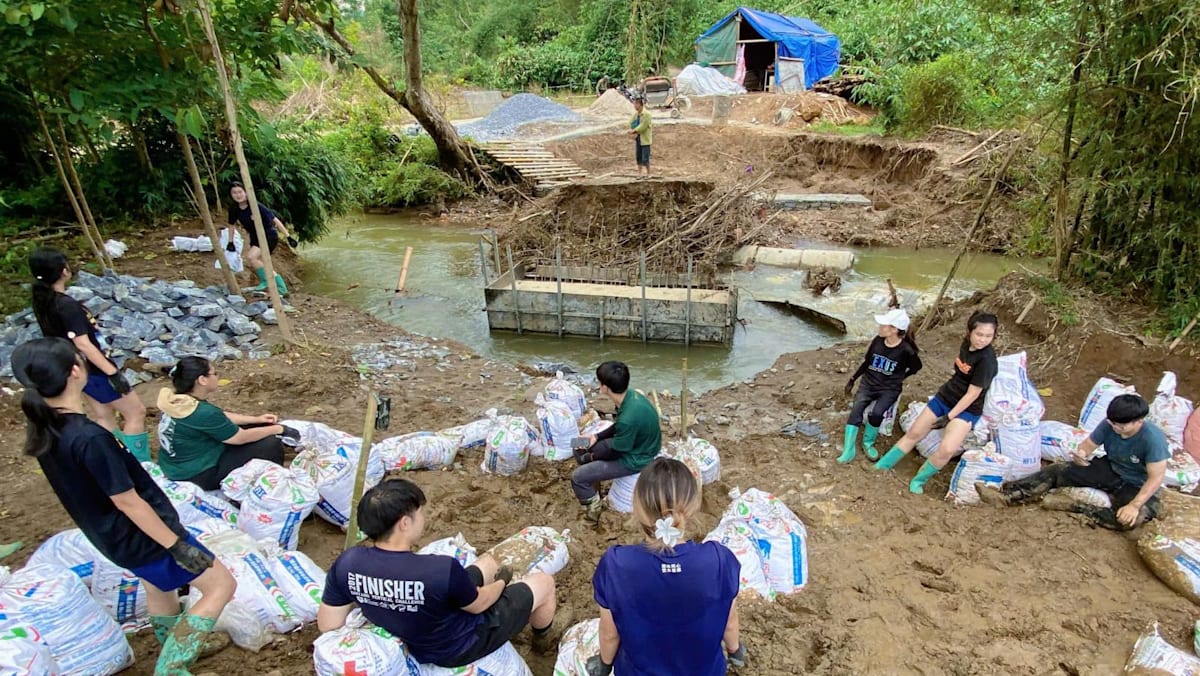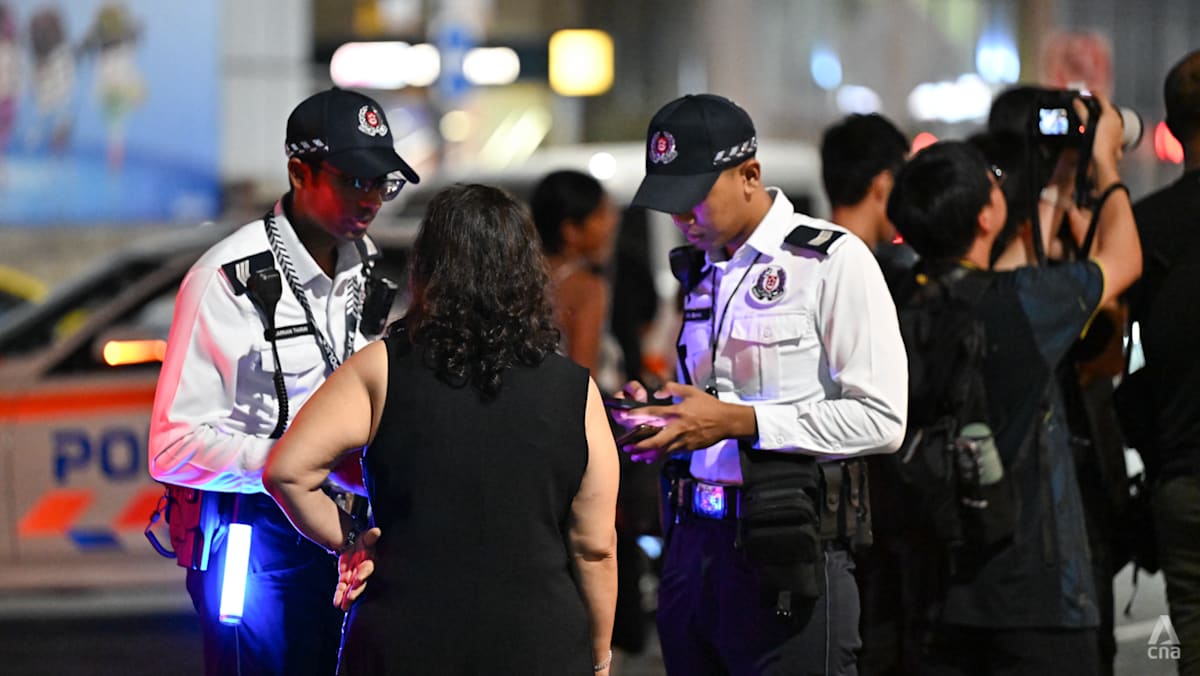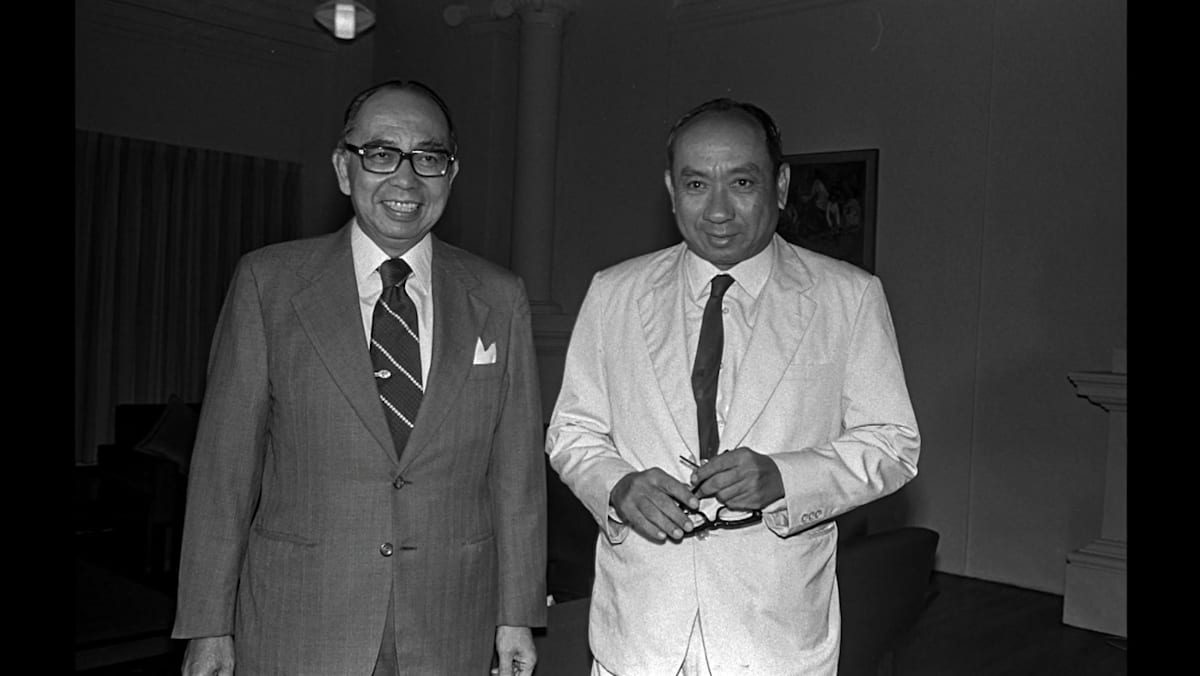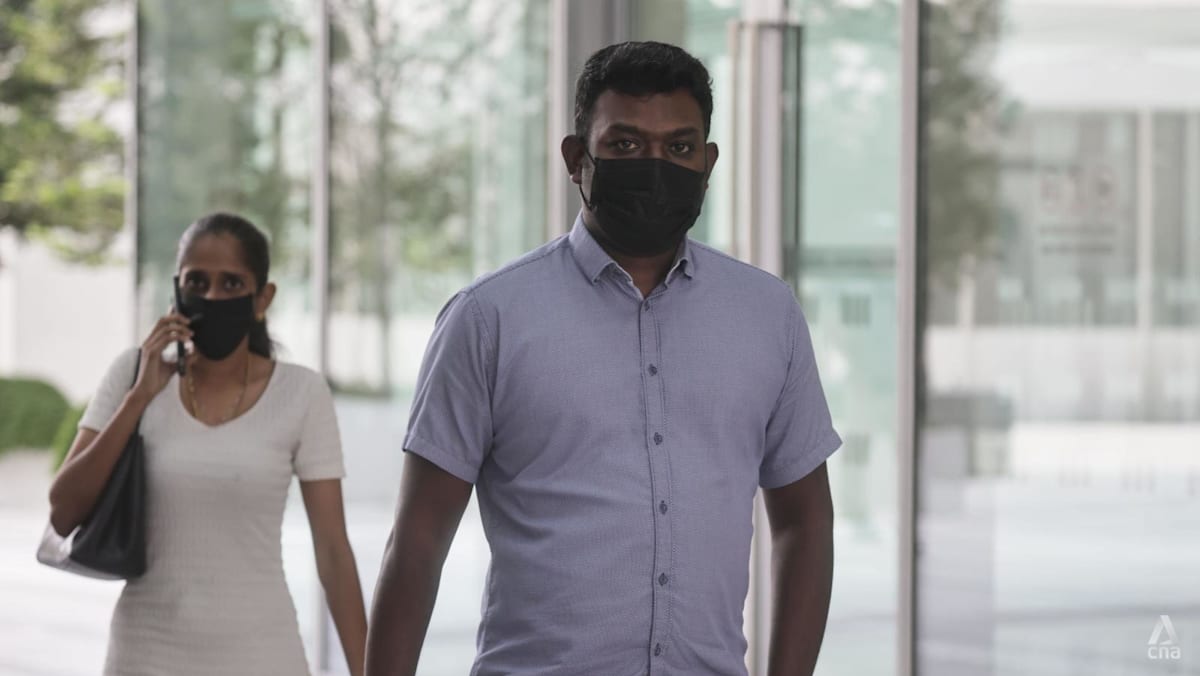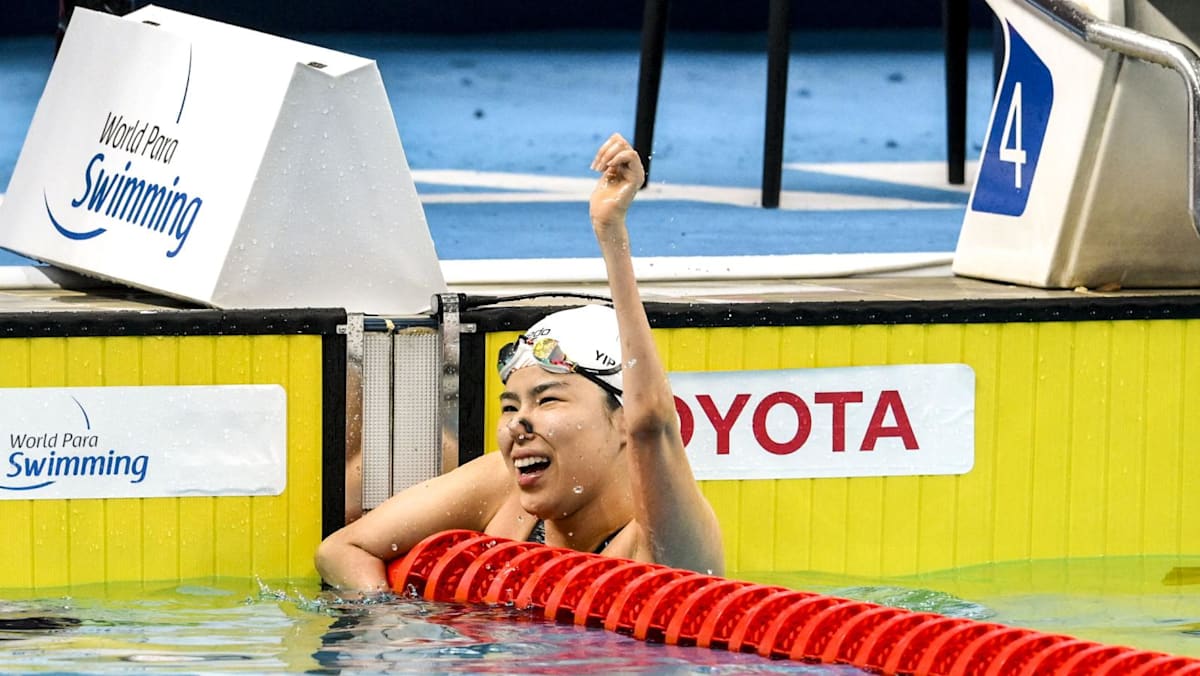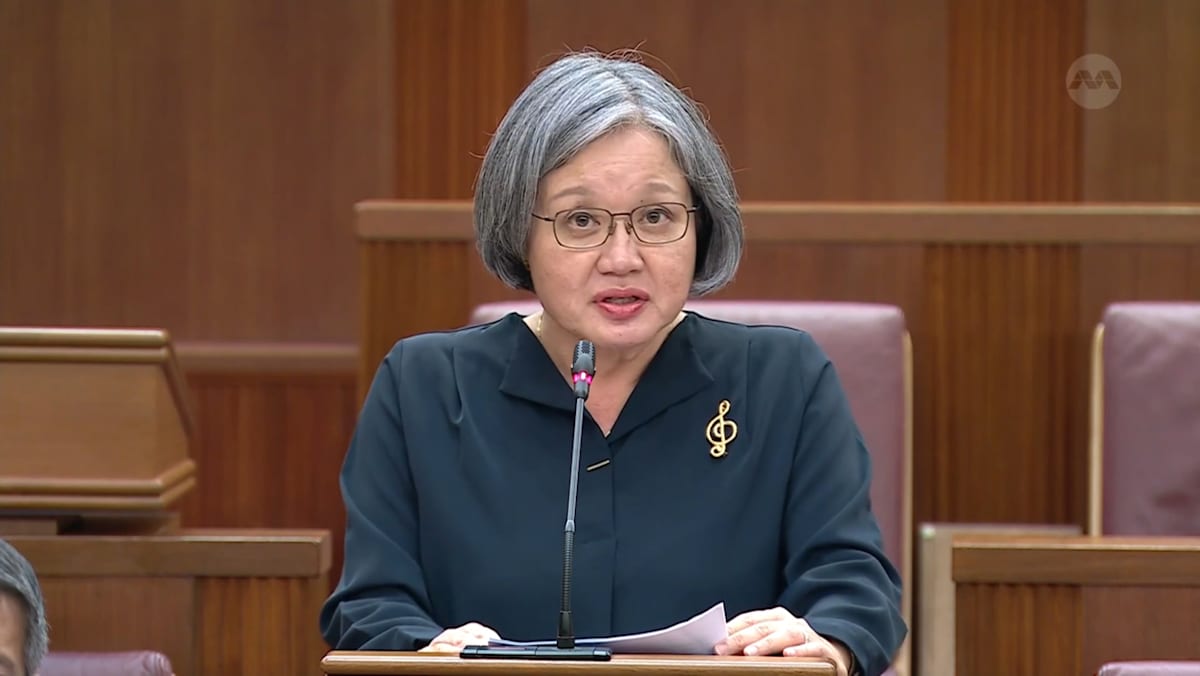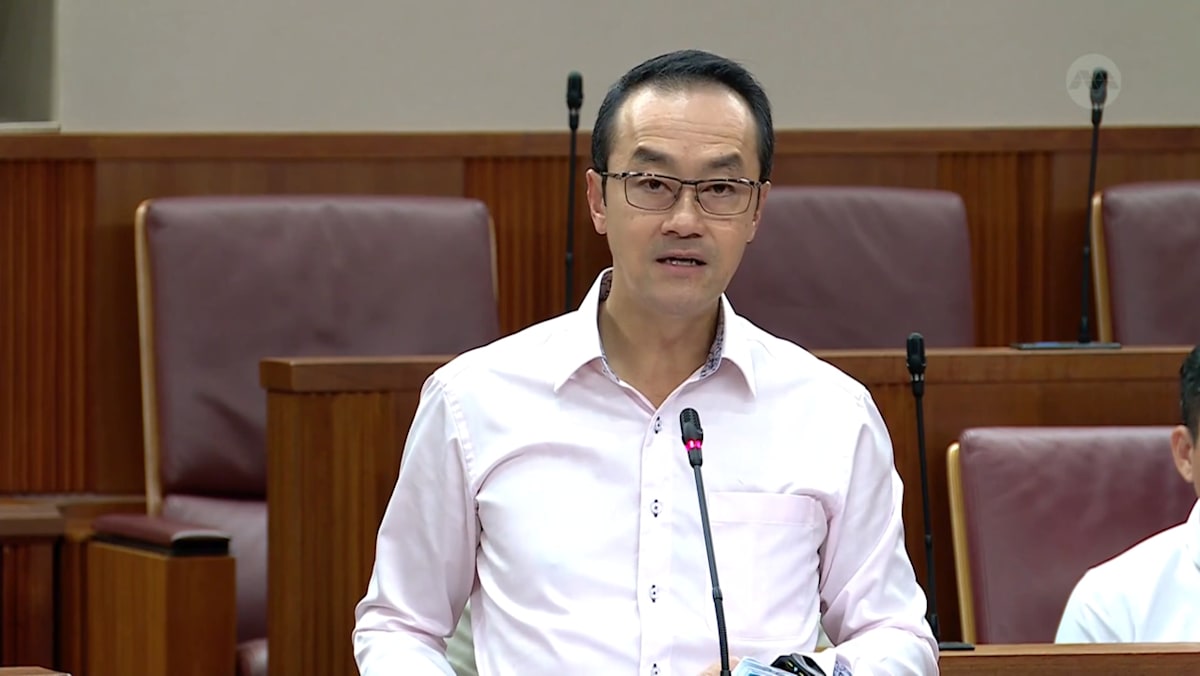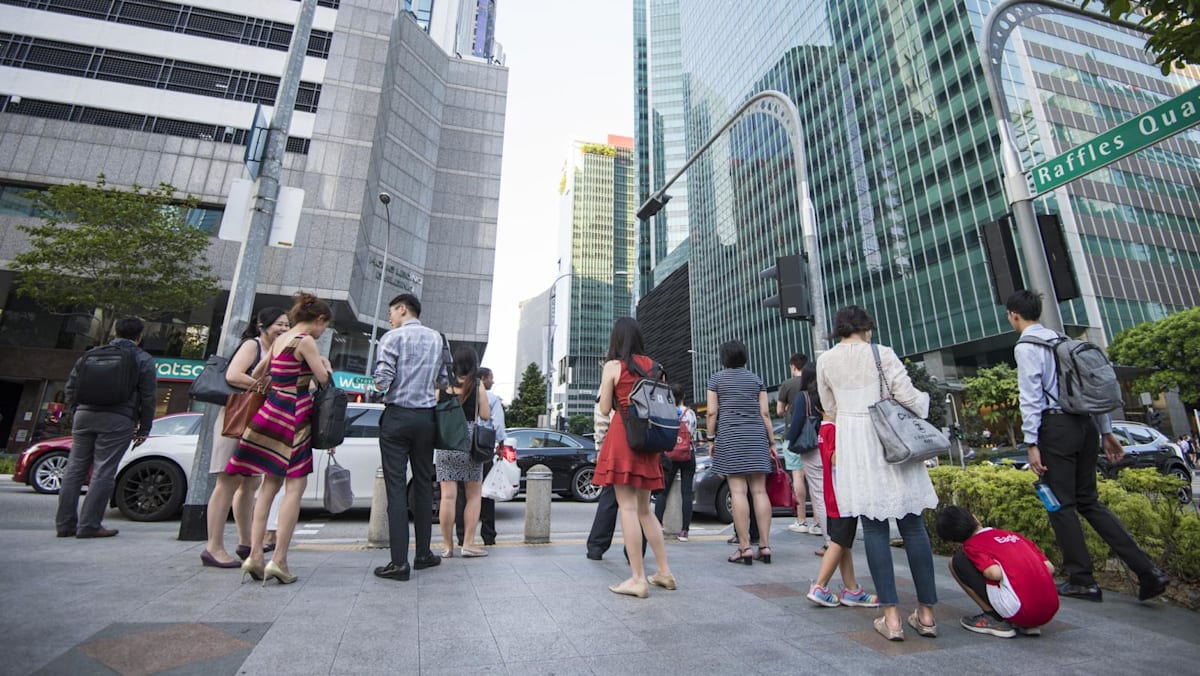Prof Bauer from NTU agreed that museums’ “front-of-house” activities are as important as its “back-of-house” functions such as research, publications and capacity development.
She added that museums require extended commitment in terms of funding for collections and new acquisitions.
“They also need significant storage capacity and skilled staff for collection management and preservation. Collaborating with universities on scholarship and research into regional art similarly demands long-term planning,” said Prof Bauer.
For practitioners on the ground, the challenge is twofold: keeping exhibitions world-class by adopting new technology while ensuring the skills and knowledge of the old are not lost.
Mr Rafi Dean, Senior Manager of Museum Services at the ArtScience Museum, said one future concern may include preserving the knowledge of artisans and craftsmen.
He pointed to a display of cathode-ray tube televisions from the 1980s and 1990s in the Singapop! exhibition, noting that many people may no longer know how to repair them since such electronic devices are no longer common.
“Some of my new hires, I have to coach them that this is how we did things 20 years ago. You have these technologies now, but you need to know how it was done back then so you can do it again if you need to,” said Mr Dean.
Mr Low said NHB realises the need for its museums to constantly innovate to stay relevant, keep up with the evolving needs of the heritage sector and to connect with new audiences.
Its museums are thus revamped from time to time to explore new ways to tell stories like harnessing technology. For example, the Malay Heritage Centre is currently undergoing revamps and the National Museum recently reopened the first of its permanent galleries, featuring its newest immersive installation titled Singapore Odyssea: A Journey Through Time.
Accessibility and inclusion remain curatorial priorities. The National Museum’s Reunion space, for example, is Singapore’s first museum space dedicated to seniors, including those with dementia and mild cognitive impairments, and offers regular programmes highlighting familiar stories.
While youth engagement is a continuing challenge, Mr Low pointed to the Heritage Awareness Survey 2024 which found that 45 per cent of museum visitors were young people.
At the National Gallery Singapore, Dr Tan said the museum has reimagined itself as “more than an exhibition space” with a regular line-up of tours, talks, workshops, family-friendly activities, and a biennial film festival spotlighting Southeast Asian cinema – though one key challenge it faces is the strong competition for visitors’ time and attention with various lifestyle offerings in Singapore.
“For the Gallery, we aim to strike a balance, presenting exhibitions that advance scholarship and artistic excellence, while also creating experiences that feel approachable, engaging, and relevant to everyday audiences,” said Dr Tan.
In the case of SAM at Tanjong Pagar Distripark, which is a distance away from the cluster of museums in the Civic District, Dr Tan said a challenge is giving people a meaningful reason to visit.
But its aim is to move beyond a traditional museum model and to bring the museum experience into the wider city.
Through SAM’s public art initiative called The Everyday Museum, exhibitions in regional libraries and the Singapore Biennale, it brings contemporary art into neighbourhoods and shared spaces.
“When SAM’s former sites at the Bras Basah Road buildings closed for renovation, the museum went beyond its walls into community spaces. This lowered barriers to contemporary art and created new touchpoints for audiences who might not otherwise have visited a museum,” said Dr Tan, who said that SAM has continued with this strategy till today to build new audiences for the museum.
Those who work in and volunteer with museums hope Singaporeans will see the breadth of institutions here as something to cherish.
“Inherently, museums are educational institutes, because we hold so much information, and larger museums that collect are kind of like historians. They’re a great way to provide access to so much learning – like culture, art, even quantum physics,” said Mr Dean.
Ms Lim from the Children’s Museum Singapore hopes to see Singapore’s museum-going culture grow from strength to strength and that visitors can appreciate the labour of love that goes into each exhibition, some years in the making.
“I’d love for Singaporeans to feel that museums are for them, not intimidating, too ‘atas’ or overly formal or dusty repositories. Instead, museums are a place of wonder, beauty and inspiration, a sanctuary you can escape to as often as you like,” she said.
